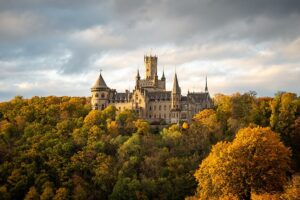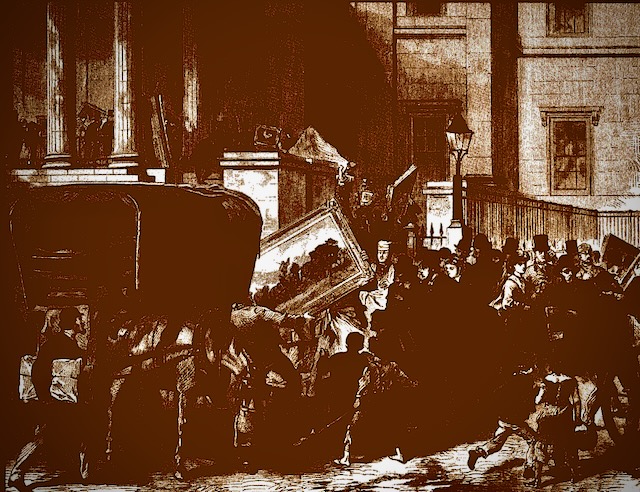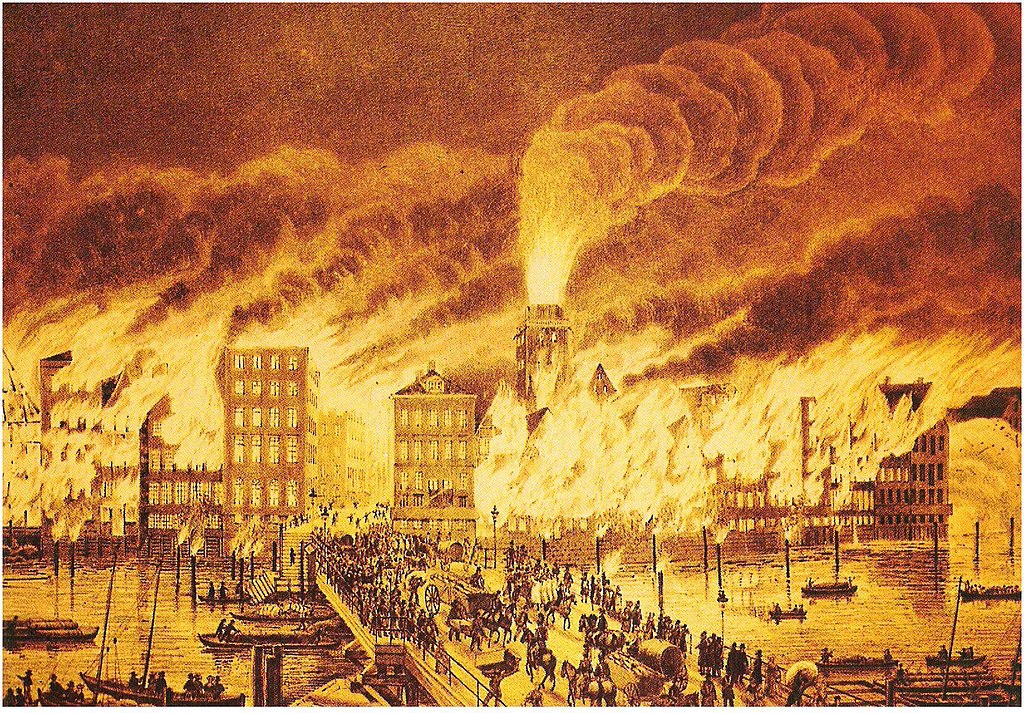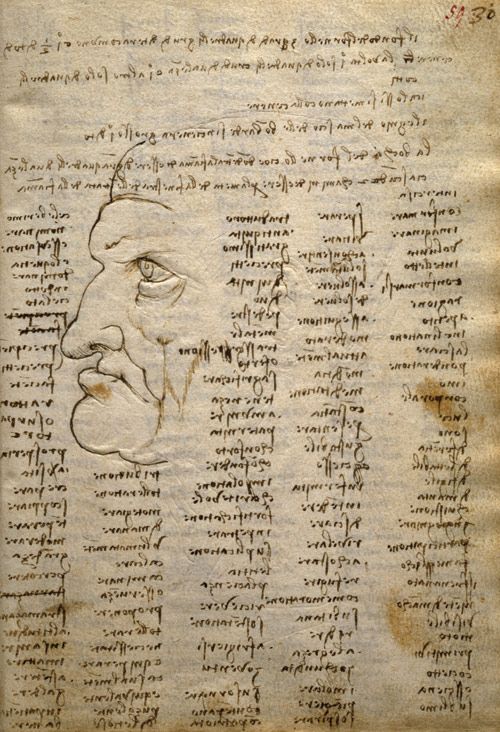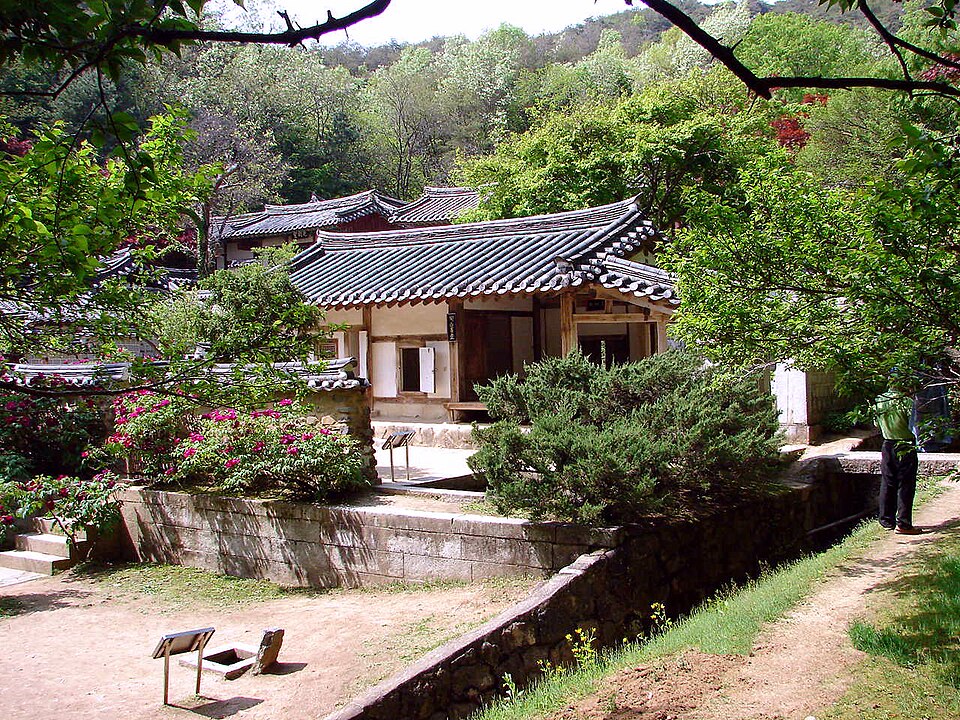European Forum for Distaster Risk Reduction on Cultural Heritage Resilience
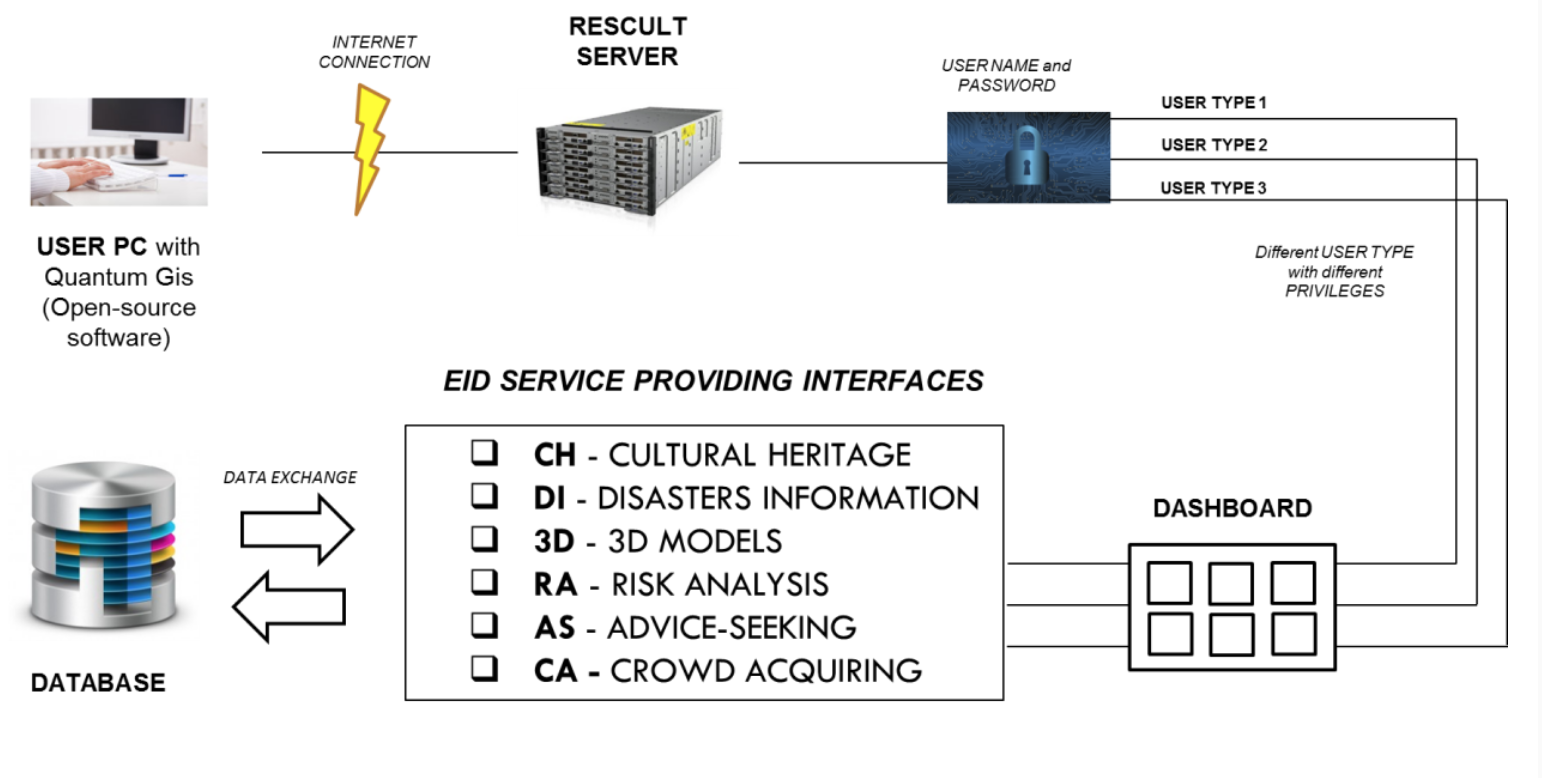
The European Forum for Disaster Risk Reduction (EFDRR) forms the regional platform structure of Europe of the UNISDR, the U.N. Office for Disaster Risk Reduction. The 2018 meeting, of the Forum has been held in Rome on November 21-23.
The two days meeting has been organised within the 2015-2020 European Roadmap for the implementation of the Sendai Framework. The Framework for Disaster Risk Reduction 2015-2030 is the new 15-year agreement to manage disaster risk adopted at the Third UN World Conference for Disaster Risk Reduction endorsed by the UN General Assembly through Resolution 69/283. The Sendai Framework is innovative for its clear shift from managing disasters to managing risks.
The Agenda of the Forum, among others, has addressed the topic “reducing risk to cultural heritage”. In particular, two sessions have dealt with the problem of Cultural Heritage:
The ResCult project
The session has hosted the final conference of the ResCult project (“Increasing resilience of cultural heritage: a supporting decision tool for the safeguarding of cultural assets”), which has been devoted to “enhance the capability of Emergency Management Authorities and Operators to prevent and mitigate natural hazard impacts on cultural heritage”.
The project key outcome is the European Interoperable Database (EID), an on-line tool designed to provide a unique framework for different stakeholders (Civil Protection, Firefighters, Cultural Heritage Owners, Policy and Decision Makers and more) to support disaster risk reduction strategies planning and implementation.
Components of the European Interoperable System (EID)
Reducing risk to cultural heritage – Organizing team leaders: Corila, Italy and United Nations Educational, Scientific and Cultural Organization (UNESCO).
Cultural heritage is a unique, irreplaceable and unfortunately, vulnerable resource. We must plan how best to reduce the risks to the heritage in our care, and then act on those plans. This is in the limelight of 2018 being the European Year of Cultural Heritage. Tangible and intangible heritage alongside traditional knowledge are key to this mission. There has been a multitude of events, case- studies and texts that provide for a rich and diverse knowledge base for action.
Two strands can be identified: cultural heritage as an “end” or a “means”. Where the “end” relates to heritage as the object to be safeguarded, it is the ‘means’ that underlines the Council of Europe approach in the context of the 2005 Faro Convention on the Value of Cultural Heritage for Society.
For the “means” there are two important issues related to prevention, relief and recovery.
1. Acknowledgment by all citizens of their cultural heritage assets (including local traditions and history) and community participation stressing the local identities and needs in the mapping process as an act of prevention and means to ensure fast recovery.
2. Ensuring the inclusive approach through participation and engagement of these groups in the community-based planning and programming processes where their needs, priorities and response are taken into account.
This is crucial for the recovery of the collective community spirit and for encouraging solidarity and resilience in future actions. Consequently, cultural heritage plays its role of bringing communities together. These two strands can be summarized as the Culture of Resilience and the Resilience of
Culture. The panel session will invite five experts to debate on a few major topics regarding risk reduction to cultural heritage and the direction of future actions:
1. enhanced preparedness, improved coordination and response;
2. capacity-building, education and awareness raising;
3. disaster risk management;
4. economic recovery and the need for an accountable and systematic evaluation of economic losses;
5. promoting innovation related to emerging technologies able to support decision-makers.
An interesting description of the sessions from Thomson Reuters Foundation’s Alex Whiting can be found here.
